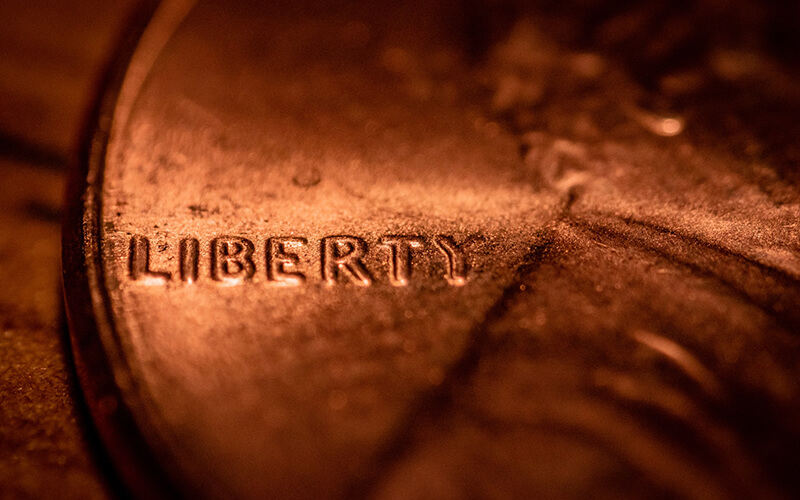
The official name for collecting coins and paper money is numismatics. It has long been a favored pastime of many, especially when numismatists find rare pieces that were only circulated briefly, have historical value, or specific specimens with errors from the minting process. If you’ve found a sudden interest in coin collection, it’s time to learn some terminology to go with your new hobby.
Coins are often made of certain metals or alloys, and more recently, they are clad, which means they are layered. You must know these terms, as the descriptions when you buy and sell rely heavily on accuracy. An alloy is two or more metals that have been mixed, but a bimetallic coin comprises two metals that have been bonded together. For instance, the new Sacajawea coin has an outer layer of manganese brass. This is an alloy of manganese, zinc, copper, and nickel. However, a bimetallic coin has a striking dichotomy of two metals, such as silver and gold or copper and steel. Coin collecting experts need to determine the purity of the metals used, often to verify authenticity. This process is called assaying.
As for the composition of the coin itself, it has two sides. The “front” side, often with a head, is the obverse side, while the “back” side, or tail side, is called the reverse. The head is usually a bust, which is a portrait, designed by an engraver, of a historically significant figure. These, along with any other inscriptions, images, or numbers, are struck upon a blank using a die. The portion of the coin that is raised is called the relief, while the portion that is pressed is called the incuse. The third side is called the edge. The rim is the raised part where the edge meets the face of the coin.
When discussing the coin’s condition, you’ll hear words like mint, hairline, and grade. Mint condition coins are ones that look freshly minted. Whether they are proof coins or uncirculated, they’re especially valuable. In fact, proof coins are struck more than once to maximize the relief of the design. They are considered the highest quality. Uncirculated coins look much like what we see every day, except they’re set aside especially for collectors and are not considered a business strike – a coin made for use as tender.
Business strikes are where the grades come into play. Everyday wear on a coin as it jingles in a pocket or hits a cash register affects the quality. Proof coins are the highest, and then it all goes downhill from there. As coins get used or circulated, they become damaged. The grade of the coin determines how much damage has been sustained from circulation. This can highly affect the price and collectibility of a currency. Similarly, hairlines refer to common mistakes that collectors make when they clean or polish a coin, creating tiny scuffs along the surface.